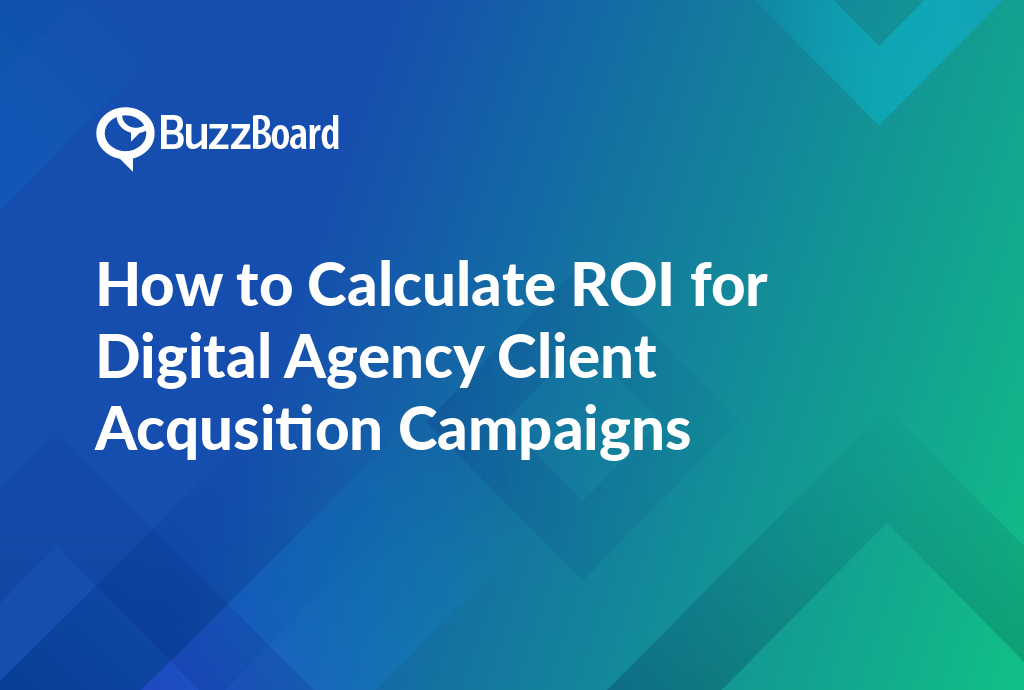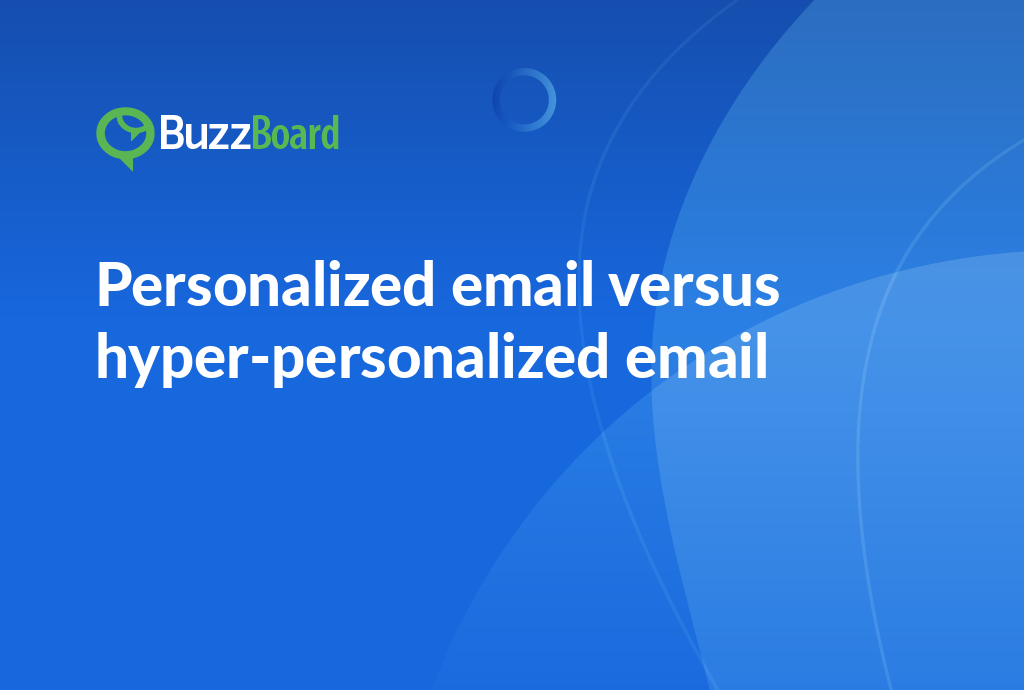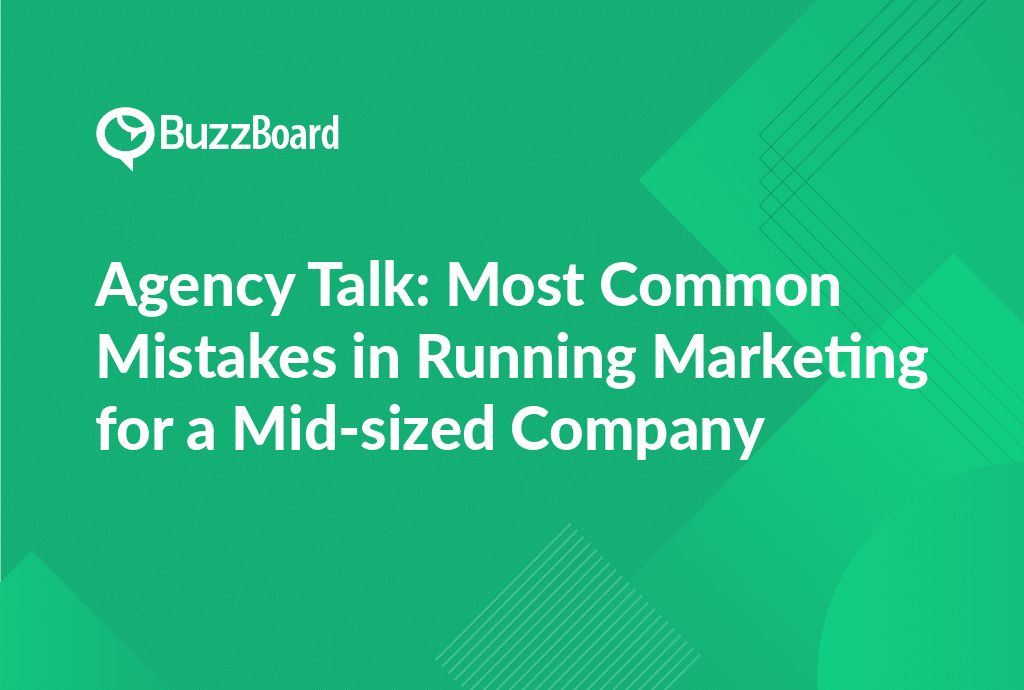The Importance of Calculating ROI for Client Acquisition in Digital Agencies: An Overview
In today’s data-driven world, success in the digital marketing industry is decided by a company’s ability to study metrics and convert them into actionable insights. Among the most critical measures for a digital agency to monitor, is the return on investment (ROI) for client acquisition campaigns.
Calculating ROI metrics gives a clear picture of how successful your campaign has been, in drawing new clients for your digital marketing agency. Also, it gives an idea of how much you’re spending on getting new clients and whether this investment is providing the desired results. Understanding how to calculate ROI for digital agency client acquisition campaigns is therefore vital for ensuring the financial health and sustainability of your business.
To calculate ROI, you need to figure out your cost per lead, cost per acquisition, the total marketing investment, and total revenue generated from new clients. Subtract the total marketing investment from the total revenue and divide this difference by the total marketing investment. Multiply the result by 100 to get a percentage figure. This helps quantify the output of your client acquisition strategies and gives a realistic picture of how effective your services have been.
Leveraging ROI analytics promotes data-driven campaigns, which are more efficient and profitable. Learning to analyze these metrics smartly can act as a growth catalyst for your business, aligning efforts and expenditures with your client acquisition goals optimally. This allows you to better pitch your services to small businesses, providing solid evidence of your planned expenditure’s likely results.
Always remember, while measuring ROI metrics provides useful insights into understanding the profitability of your campaigns, it should not be the sole guide for your campaign optimization strategies. It is equally important to consider other factors like customer satisfaction and relationship building, fostering long-term loyalty.
Investing in client acquisition without measuring the ROI is like driving blindfolded. Don’t forget to calculate, analyze, and leverage ROI metrics, and watch your business climb to new heights!
Practical Steps on How to Calculate ROI for Client Acquisition Campaigns in Digital Agencies
Among the urgent challenges in digital marketing, computing the return on investment (ROI) for client acquisition campaigns remains a key task. In a landscape where data-driven decisions rule, understanding how to calculate the ROI for a digital agency’s client acquisition campaigns is crucial.
The quest for a new client should align the factors of client acquisition and campaign optimization under a clear ROI framework. Effective calculation of ROI metrics requires agencies to understand campaign costs and conduct a comprehensive analysis of outcomes. But how exactly do we achieve this?
Firstly, it is critical to compile and analyze all costs associated with the campaign. These costs might include the budget for ad spends, social media promotions, content creation and distribution, and staff salaries among others. This provides a precise figure of your total investment.
Next, we assess the ‘Return’ in ROI. For client acquisition campaigns, conversions—in this context, new clients—form the primary metric of interest. The total number of new clients obtained as a result of the campaign serves as your primary metric.
This figure then needs to be translated into revenue. For example, if each new client is estimated to generate an average revenue of ‘X’ amount over a certain period, the total new client revenue is calculated as ‘number of new clients’ multiplied by ‘average revenue per client’.
Subtracting the total investment from the total return and dividing by the total investment yields the ROI as a percentage. For instance, if the total investment was $1,000 and the return was $1,500, the ROI would be 50%.
But, the process does not end at calculating ROI. A thorough analysis of the metrics is crucial. Emphasize post-campaign reviews, evaluate successful aspects, and troubleshoot shortcomings. A detailed analysis of metrics provides insights that are fundamental to effective campaign optimization. Remember, ROI is not just about numbers but the narrative it builds around the efficacy of your strategies.
With intelligent strategies and diligent ROI calculations, digital agencies can showcase their services as profitable to potential small businesses. Remember, a well-explained ROI can be a powerful selling point.
In summary, understanding how to calculate ROI for a digital agency’s client acquisition campaigns involves the initial investment calculation, identifying return metrics, and performing calculations and analyses. This is where providing value for your agency begins.
How the Use of Data-Driven Campaigns Contributes Greatly to Determining the ROI for Client Acquisition
The digital marketing landscape is becoming increasingly complex by the day, causing challenges for digital agencies in demonstrating their worth to current and prospective clients. A solution to this is running data-driven campaigns. But with a slew of metrics available via various digital marketing platforms, how can you accurately measure ROI for client acquisition campaigns?
Defining what you classify as a new client is essential. This definition varies from agency to agency. For some, a lead transforms into a client when they pledge to utilize your services. For others, converting a prospective client into a firm customer means they’ve formalized a written agreement.
Once you’ve defined a new client, you can commence analysis of metrics to determine the effectiveness of your acquisition campaigns. You might use a mix of free or paid analytics tools to track these key performance indicators. Google Analytics is a highly recommended tool for monitoring website user behavior. It aids in pinpointing what’s effective and what’s not and assists in refining your campaigns.
When calculating ROI, consider both hard and soft costs associated with client acquisition. Hard costs could involve expenditures on paid advertising, while soft costs might encompass time spent by your team on content development. Recognizing these costs allows for more precise ROI calculation.
To compute ROI, subtract costs from gross profit to obtain net profit, then divide by the costs. Multiply this result by 100 to get your ROI percentage. A positive ROI signifies more profit than spend on acquisition––a healthy situation for any business.
However, data-driven campaigns aren’t a universal remedy. Agencies should routinely monitor and adjust their campaigns to consistently maximize ROI.
The Role of Consistent Metric Analysis in Calculating ROI for Digital Agency Client-Acquisition Campaigns and Optimization
The role of consistent metric analysis in calculating ROI for digital agency client-acquisition campaigns is often a topic of interest among digital marketing agencies keen on strengthening their client acquisition strategies. By understanding the importance of continuous metric analysis and learning how to calculate ROI for digital agency client-acquisition campaigns, they can make significant strides toward success.
For digital marketing agencies attempting to convince small businesses of their value, a solid understanding of the client-acquisition process is critical. This process is a data-driven endeavor, characterized by precise recording, analyzing, and optimizing metrics on each campaign’s performance.
Investing time and resources into attracting new clients is an essential aspect of the business. But how is the effectiveness of your client acquisition strategies measured? This is where the concept of Return on Investment (ROI) comes in. Understanding how to calculate ROI metrics can provide transparent insights into your campaigns’ overall performance.
A proven method to calculate ROI involves determining the net profit from a campaign, subtracting the cost invested, and then dividing it by the cost invested. The resulting percentage graphically illustrates the campaign’s success in adding value to the business.
However, these calculations aren’t a one-and-done affair. Consistent metric analysis is a crucial part of enhancing your campaigns. Many professional digital marketers consistently analyze metrics as part of their routine, tracking improvements and pinpointing areas of concern.
Simply having data isn’t enough. Data-driven campaigns require thorough analysis and informed decision-making to ensure they provide constructive results.
In conclusion, consistent metric analysis plays a vital role in calculating ROI for your client acquisition campaigns. Essentially, it arms you with persuasive evidence that your services provide a palpable return on investment to small businesses.
Understanding your metrics enables you to strategically pinpoint areas for enhancement and incrementally improve your campaigns. Going forward, digital marketing agencies must foster a culture of frequent ROI calculation and metric analysis. After all, this might be the difference between a campaign that attracts new clients and one that just exists.
Remember, your goal should be to use metric analysis to ensure that your campaigns aren’t just sinking resources but are effective, efficient, and appreciated by your small-business clients.
Some Common Errors to Avoid While Calculating ROI for Digital Agency Client Acquisition Campaigns and the Best Solutions
First and foremost, be careful not to mistakenly focus solely on ‘vanity metrics’ such as likes, shares, and impressions when analyzing the success of your campaigns. While these metrics may make your campaign look successful on the surface, they do not necessarily translate into actual profitability and business growth. The metrics that matter include cost per acquisition, average customer purchase value, and customer lifetime value. And only by analyzing these indicators, you can precisely calculate ROI for your new client acquisition campaigns.
Another common oversight is failing to utilize data-driven campaigns to their fullest potential. With today’s advanced analytics and tracking capabilities, there’s no need to rely on guesswork or intuition when strategizing for client acquisition. A well-executed data-driven strategy can provide a wealth of insightful data, from your target demographic’s online behavior to the exact customer journey that led to a conversion.
Additionally, many agencies overlook the necessity for continuous campaign optimization. The ability to analyze metrics, identify trends, and adapt quickly to changes sets successful agencies apart. Campaign optimization isn’t a one-off task but an ongoing commitment to improving your results and delivering the best possible service to your clients.
Remember, mistakes happen to everyone. The key is to learn from them and improve your approach—that’s how you’ll maximize your ROI.
With digital marketing becoming even more competitive, agencies committed to adopting these best practices for client acquisition will stand out. Start implementing these strategies today to see how they can transform your ROI.









